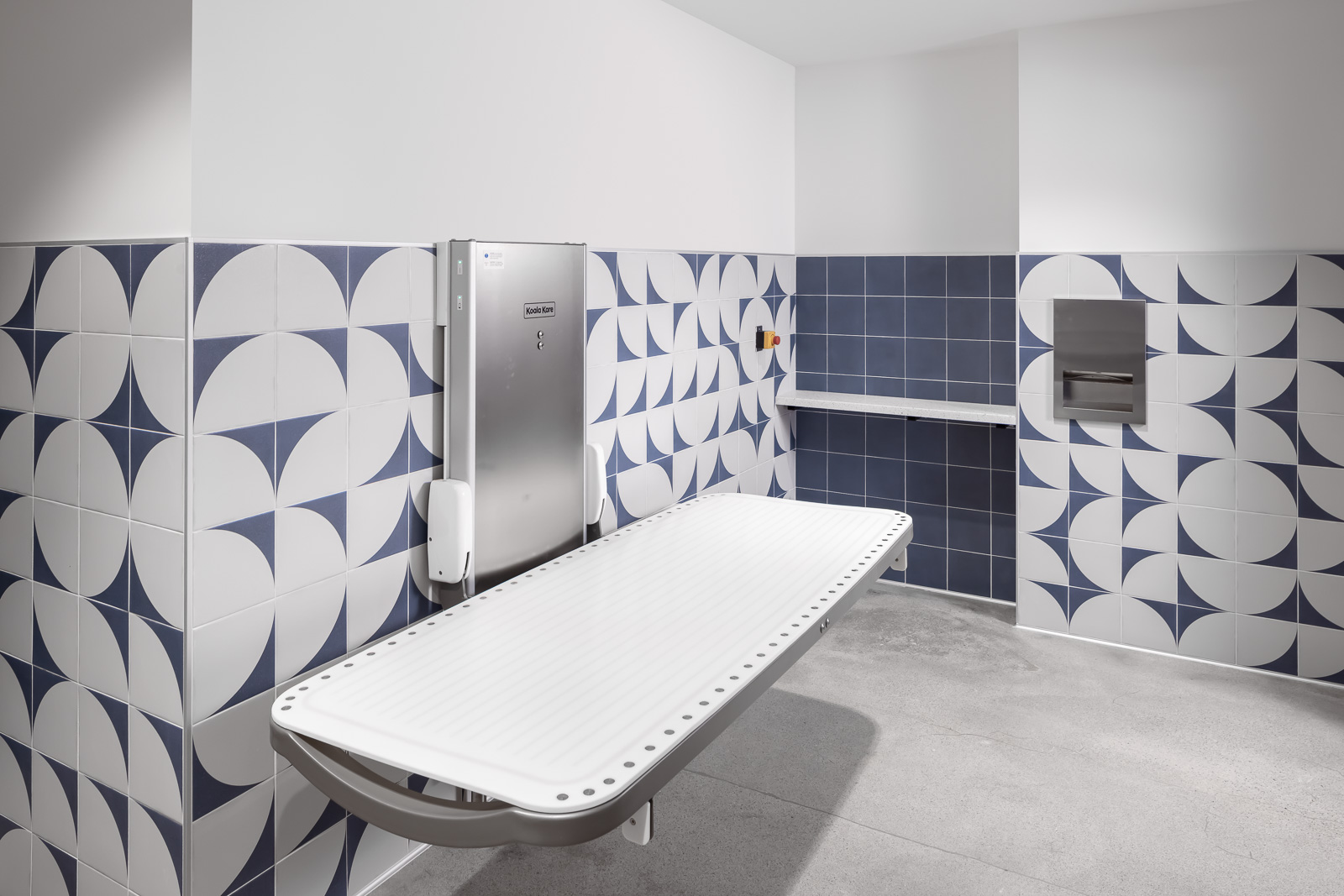Blog
Universal Design from the Start: Building Accessibility into the Blueprint
Organizations often approach accessibility as a fix rather than a foundation. They might add a ramp after construction, insert captions post-production, or revise a policy only after someone has been excluded. These reactive solutions are typically more expensive, less effective, and disruptive to users and teams alike.
Universal Design offers a better path forward. By intentionally designing products, services, systems, and environments to be usable by the broadest range of people from the start, organizations can foster inclusion, reduce long-term costs, and gain a competitive advantage.
What Is Universal Design?
Developed by architect Ronald Mace in the 1990s, Universal Design is a framework that ensures environments and systems are accessible and intuitive for all users—regardless of age, ability, or background. It shifts the focus from accommodation to anticipation, aiming to eliminate barriers before they arise.
The approach is grounded in seven core principles: equitable use, flexibility, simplicity, perceptibility, tolerance for error, low physical effort, and appropriate size and space for use. These principles aren’t just theoretical—they’re practical tools for inclusive design that benefits everyone.
When embedded early in the design process, these principles help move organizations from accessibility as a compliance checkbox to accessibility as a core value.

5 Reasons Why Universal Design Matters
- Proactively integrating universal design can dramatically reduce future costs. Building accessibility in from the beginning may increase project costs by less than 1%, while retrofitting can cost 2–20% more. Features like accessible entrances, flexible information formats, and digital compatibility are easier,—and cheaper,—to implement when they’re planned.
- The market opportunity is massive. Globally, more than 1 billion people live with disabilities, and in the U.S., that includes one in every four adults. Together, working-age adults with disabilities in the U.S. control $490 billion in discretionary income. And it’s not just about income—people with disabilities influence purchasing decisions for their families, communities, and networks.
- Businesses that ignore accessibility leave revenue on the table. Deque estimates that inaccessible e-commerce platforms miss out on approximately $6.9 billion in potential annual spending due to design barriers that block disabled users from completing transactions.
- Accessibility builds customer trust and brand loyalty. Companies that prioritize accessibility retain 76% of customers with disabilities. Inclusive design also improves usability for non-disabled customers—such as those using mobile devices, working in noisy environments, or experiencing temporary impairments.
- The return on investment is measurable. A Forrester report cited by BOIA found that every dollar invested in accessibility can return as much as $100, due to improved performance, customer satisfaction, and reduced legal exposure.

Universal Design in Action
Implementing universal design doesn’t require a complete overhaul. It begins by embedding accessibility considerations into the processes you already use including —project planning, procurement, design, and evaluation.
For example:
- In procurement, accessibility should be a requirement from the start—baked into RFPs, contracts, and vendor checklists.
- During product and service development, engaging disabled users in co-design helps ensure systems are usable by those with the highest access needs.
- Accessibility checkpoints can be integrated into existing quality assurance and project management workflows.
- Teams across roles—from design and communications to HR and IT—benefit from regular training on inclusive practices and the value they bring.
- Organizations that track metrics like customer retention, task success rates, and complaint resolution times often find accessibility improvements yield broader performance gains.
Accessibility is a living practice, not a one-time solution. As systems evolve, monitoring usability and gathering feedback ensures that inclusion remains sustainable over time.
A Practical Tool to Get Started
To support organizations in turning these principles into action, we’ve developed a Universal Design Checklist for organizations. This tool helps teams apply universal design to six key domains:
- Organizational Commitment
- Policy and Procurement
- Workforce and Training
- Digital and Physical Environments
- Customer and User Experience
- Risk, Compliance, and Brand
Click here to download the Universal Design Checklist.
The checklist is designed to be flexible for use across sectors, and especially helpful in starting conversations in your organization about Universal Design. If you need a bit of support, our disability inclusion consulting experts here to help. Click here to book a free, 30-minute consultation with our consultants.
Read Similar Blogs
View All-
![]()
-
![]()
-
![]()
blog
A Day at the Lifeworks Center for Disability Inclusion – New Hope: A New Understanding Starts with One Visit
Posted August 19, 2025


